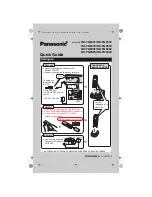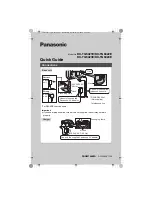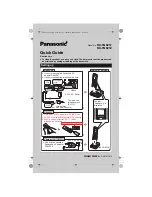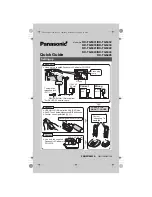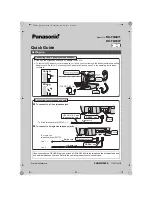
Section 4A: Safety Guidelines
203
wireless phones to notify users of the health hazard and to repair, replace or
recall the phones so that the hazard no longer exists.
Although the existing scientific data do not justify FDA regulatory actions, FDA
has urged the wireless phone industry to take a number of steps, including the
following:
Support needed research into possible biological effects of RF of the
type emitted by wireless phones;
Design wireless phones in a way that minimizes any RF exposure to the
user that is not necessary for device function; and
Cooperate in providing users of wireless phones with the best possible
information on possible effects of wireless phone use on human health
FDA belongs to an interagency working group of the federal agencies that have
responsibility for different aspects of RF safety to ensure coordinated efforts at
the federal level. The following agencies belong to this working group:
National Institute for Occupational Safety and Health
Environmental Protection Agency
Federal Communications Commission
Occupational Safety and Health Administration
National Telecommunications and Information Administration
The National Institutes of Health participates in some interagency working
group activities, as well.
FDA shares regulatory responsibilities for wireless phones with the Federal
Communications Commission (FCC). All phones that are sold in the United
States must comply with FCC safety guidelines that limit RF exposure. FCC
relies on FDA and other health agencies for safety questions about wireless
phones.
FCC also regulates the base stations that the wireless phone networks rely
upon. While these base stations operate at higher power than do the wireless
phones themselves, the RF exposures that people get from these base stations
are typically thousands of times lower than those they can get from wireless
phones. Base stations are thus not the primary subject of the safety questions
discussed in this document.
What kinds of phones are the subject of this update?
The term “wireless phone” refers here to hand-held wireless phones with built-
in antennas, often called “cell,” “mobile,” or “PCS” phones. These types of
wireless phones can expose the user to measurable radiofrequency energy (RF)
because of the short distance between the phone and the user's head. These RF
exposures are limited by Federal Communications Commission safety
guidelines that were developed with the advice of FDA and other federal health
and safety agencies. When the phone is located at greater distances from the
user, the exposure to RF is drastically lower because a person's RF exposure
decreases rapidly with increasing distance from the source. The so-called
“cordless phones,” which have a base unit connected to the telephone wiring
in a house, typically operate at far lower power levels, and thus produce RF
exposures well within the FCC's compliance limits.
Summary of Contents for SPH-A790
Page 1: ...XL30 10_LMa790_091305_F2 Sprint PCS International Phone IP A790 by Samsung User s Guide ...
Page 10: ...Getting Started Section 1 ...
Page 17: ...Your Sprint PCS Phone Section 2 ...
Page 19: ...Section 2A Your Sprint PCS Phone The Basics 10 Front View of Your Phone ...
Page 91: ...Section 2E Navigating Through Menus 82 2 Outside Access Yes No 3 Default Group Yes No ...
Page 147: ...Sprint PCS Service Features Section 3 ...
Page 196: ...Safety Guidelines and Warranty Information Section 4 ...

































